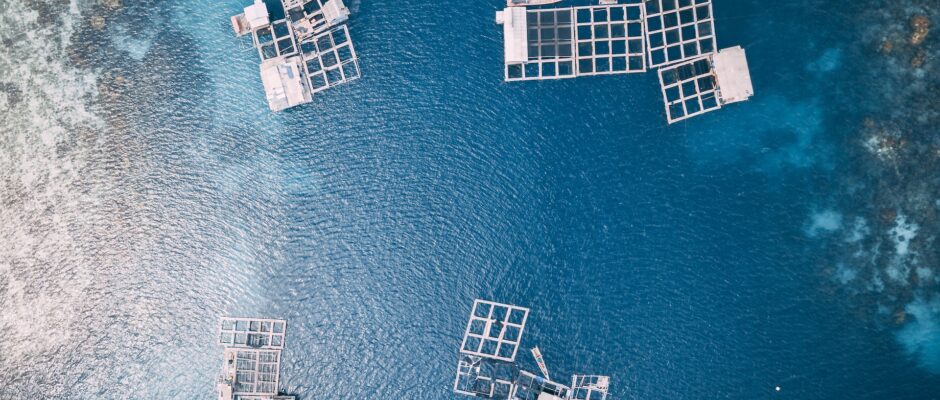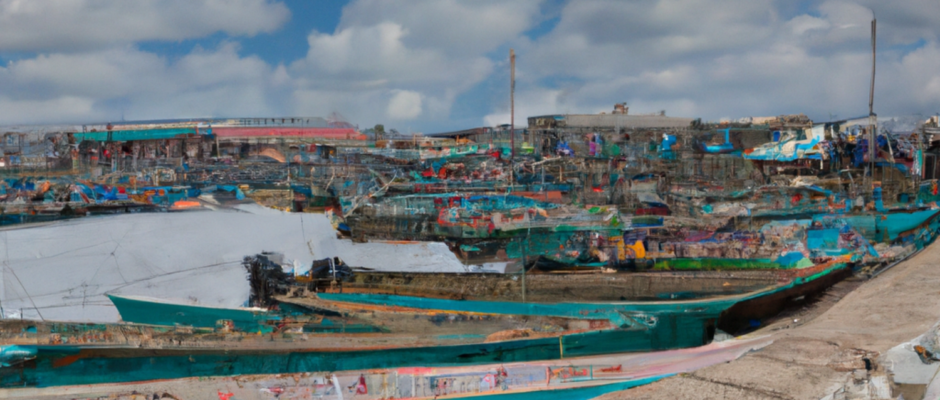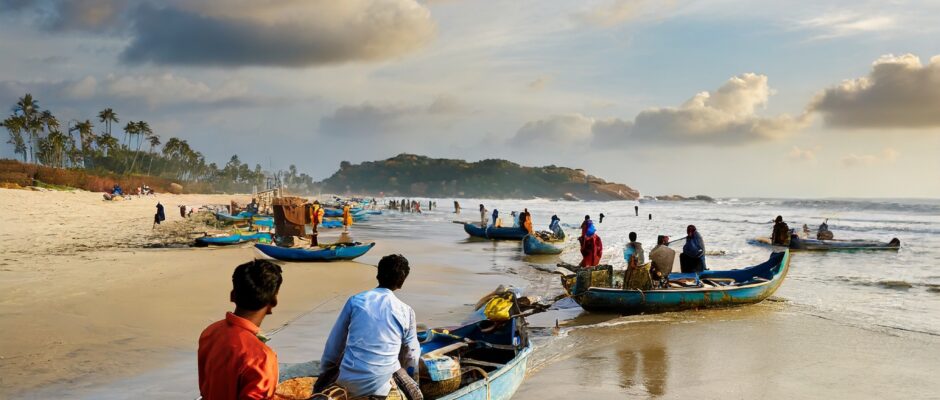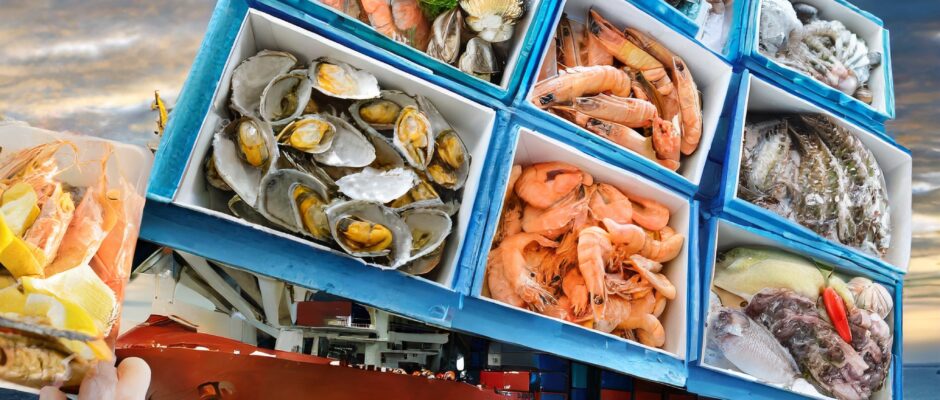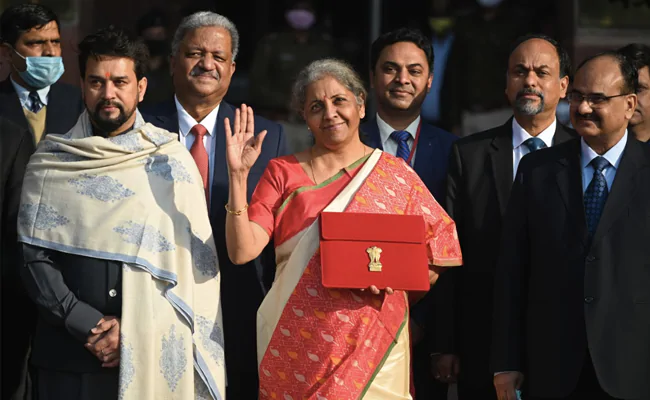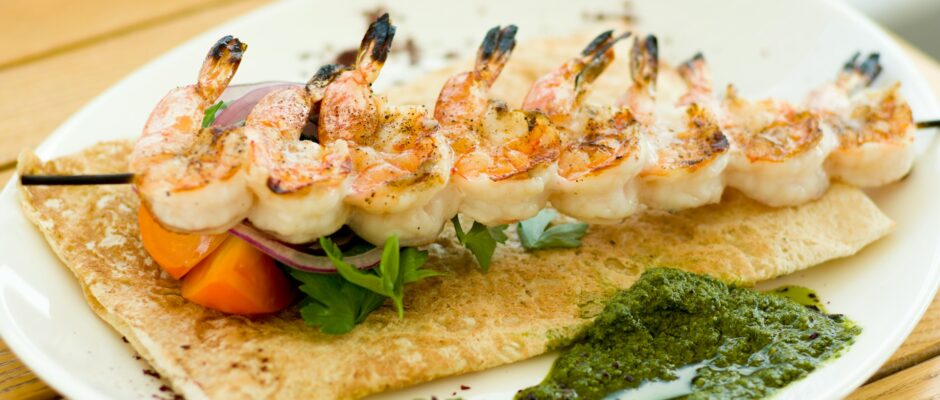Reviving India’s Coastal Forests: The Role of Sacred Groves
Deep in the heart of India, where ancient traditions meet modern conservation efforts, lies a remarkable story of ecological revival. Scattered along the coast, sacred groves – patches of forest protected by religious communities – offer a sanctuary for a nearly extinct ecosystem: the tropical dry evergreen forest. This article delves into the fascinating journey of how these sacred havens, once threatened by urbanization, are now becoming beacons of hope for biodiversity. From Pilgrimages to Preservation: The article starts with Sathyamurthy N., a villager from Tamil Nadu, reminiscing about his childhood pilgrimages to the Keezhputhupattu sacred grove. While the days of long walks have faded, the grove itself holds immense significance. It’s a testament to the deep connection between local communities and these ecological treasures. A Forest on the Brink: However, the story takes a somber turn as we learn about the devastating decline of the tropical dry evergreen forest. Once sprawling across the coast, it’s now reduced to mere remnants due to development and exploitation. Enter the Auroville Forest Group: A glimmer of hope emerges with the arrival of the Auroville Forest Group. Led by Paul Blanchflower and Glenn Baldwin, this team embarks on a mission to revive the lost ecosystem. Recognizing the importance of sacred groves, they meticulously map and document the remaining patches, becoming crucial allies in the fight for conservation. Learning from the Past, Planting for the Future: The team’s efforts don’t stop at documentation. They actively learn from the native biodiversity of the sacred groves, using it as a blueprint for reforestation in Auroville. Community-run nurseries sprout, producing thousands of native saplings each year. Slowly, meticulously, the Auroville forest starts to transform, replacing foreign species with its rightful inhabitants. Sathyamurthy’s Mission: Sathyamurthy, now working at the Auroville Botanical Gardens, plays a vital role in educating the next generation. He guides students through the sacred groves, fostering a deep appreciation for their ecological and cultural significance. He equips them with seeds, saplings, and knowledge, hoping they will become stewards of these irreplaceable ecosystems in their own communities. The Fight Continues: Despite the progress, challenges remain. Unsustainable extraction and urbanization continue to threaten the sacred groves. The article concludes with a call to action, urging for continued awareness, education, and conservation efforts to ensure these sanctuaries thrive for generations to come. This is not just a story about saving a forest; it’s a testament to the power of tradition, collaboration, and scientific knowledge working hand-in-hand to protect a vital piece of our planet’s heritage.




